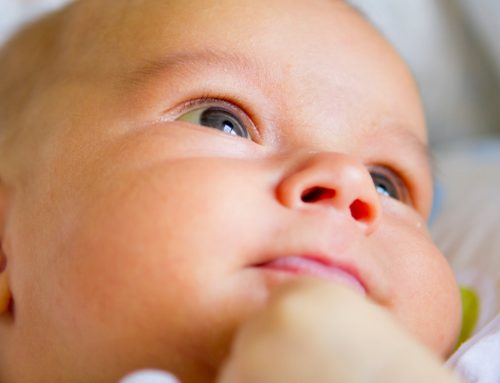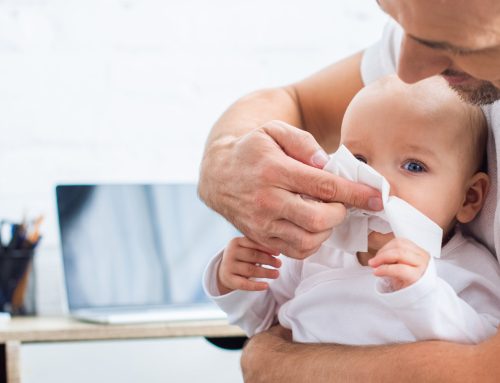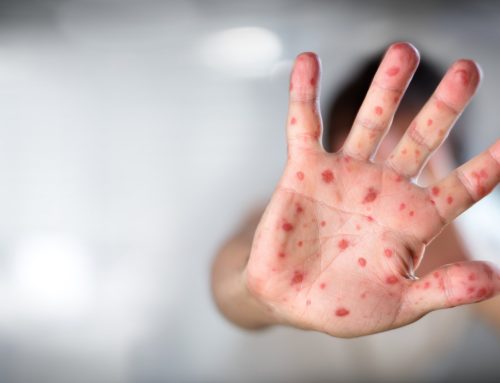Many babies experience diaper rash at some point. Diaper rash can be defined as irritation of the skin in the diaper area. Common symptoms of diaper rash include redness, itching, peeling skin, bleeding or bruising, generalized discomfort, and pain during a diaper change, bowel movements, urination or upon being washed or wiped.
What causes diaper rash?
The most common causes of diaper rash are:
Dirty diapers: Most rashes are triggered by prolonged exposure to dirty diapers. Diapers must usually be changed as soon as they become wet or soiled
Diaper friction: When the baby’s soft skin folds chafe or rub against each other, or against the diaper itself, it can step up skin irritation and trigger a rash.
Irritants: Ingredients in disposable diapers, wipes, baby lotions and other baby products and laundry detergent can irritate baby’s delicate skin and cause diaper rash.
Presence of a yeast infection: Yeast loves warm, moist environments and is a common culprit, especially in persistent rashes.
Reaction to a change in diet: Changes to the baby’s diet are known to trigger diaper rashes. And in case of breastfed babies, also based on what the mother eats.
Diaper rash can be mild or severe. Mild diaper rash usually clears on its own in 3-5 days. Severe diaper rash needs to be treated by a doctor or paediatrician. In case you require help with your baby, please contact us here.
Home remedies to prevent diaper rash
It’s best to take a preventive approach to diaper rash. Try these baby-tested strategies (which should also help heal any existing rash)
Change your baby’s diaper often. Replacing a peed- or pooped-in diaper with a clean, dry one plays a key role in preventing diaper rash. That’s because when skin stays damp for too long, it becomes more susceptible to rash-raising enzymes. So even if your baby isn’t fussing for a change, change her anyway as soon as you know her diaper is wet or soiled. Try to give her a fresh diaper every one to two hours or so. And don’t forget to apply diaper cream!

Wash your hands before and after. This helps avoid spreading any germs that may cause infections that lead to diaper rash.
Give your baby’s bottom some “bare air time” before you replace the diaper. Aim to air out the area a few times a day for at least 10 minutes each time. Or at least fan the baby’s bottom dry if in a hurry.
Leave a little breathing room in the diaper when it’s on. You want your baby’s diaper snug enough to prevent leaks but not so tight that it rubs and chafes.
Avoid irritants. Prevent diaper rash by cleaning the bottom with cotton balls or a washcloth soaked in warm water instead of using wipes — at least during the newborn stage. Avoid perfumes and alcohols in soaps, scented baby wipes and other products that come in contact with your baby’s diaper area. Reach for the soap only when necessary.
Bathe regularly. A bath every day or every other day with warm water and mild, fragrance-free soap can help keep the area free of irritants until the rash clears up.
Change diaper brands or types. Sometimes super absorbent disposables are so efficient at trapping moisture that they help trigger more rashes. Try experimenting with different types of diapers or switch to cloth to see if that helps prevent diaper rash.
If your baby’s skin doesn’t improve after a few days of home treatment, talk to a paediatrician. You may need medication to treat the diaper rash, or the rash may have another cause, such as nutritional deficiency.
Take your child to a doctor for:
- A rash with a fever
- A rash that’s severe or unusual
- A rash that persists or gets worse despite home treatment
- A rash that bleeds, itches or oozes
- A rash that causes burning or pain when your baby urinates or has a bowel movement



